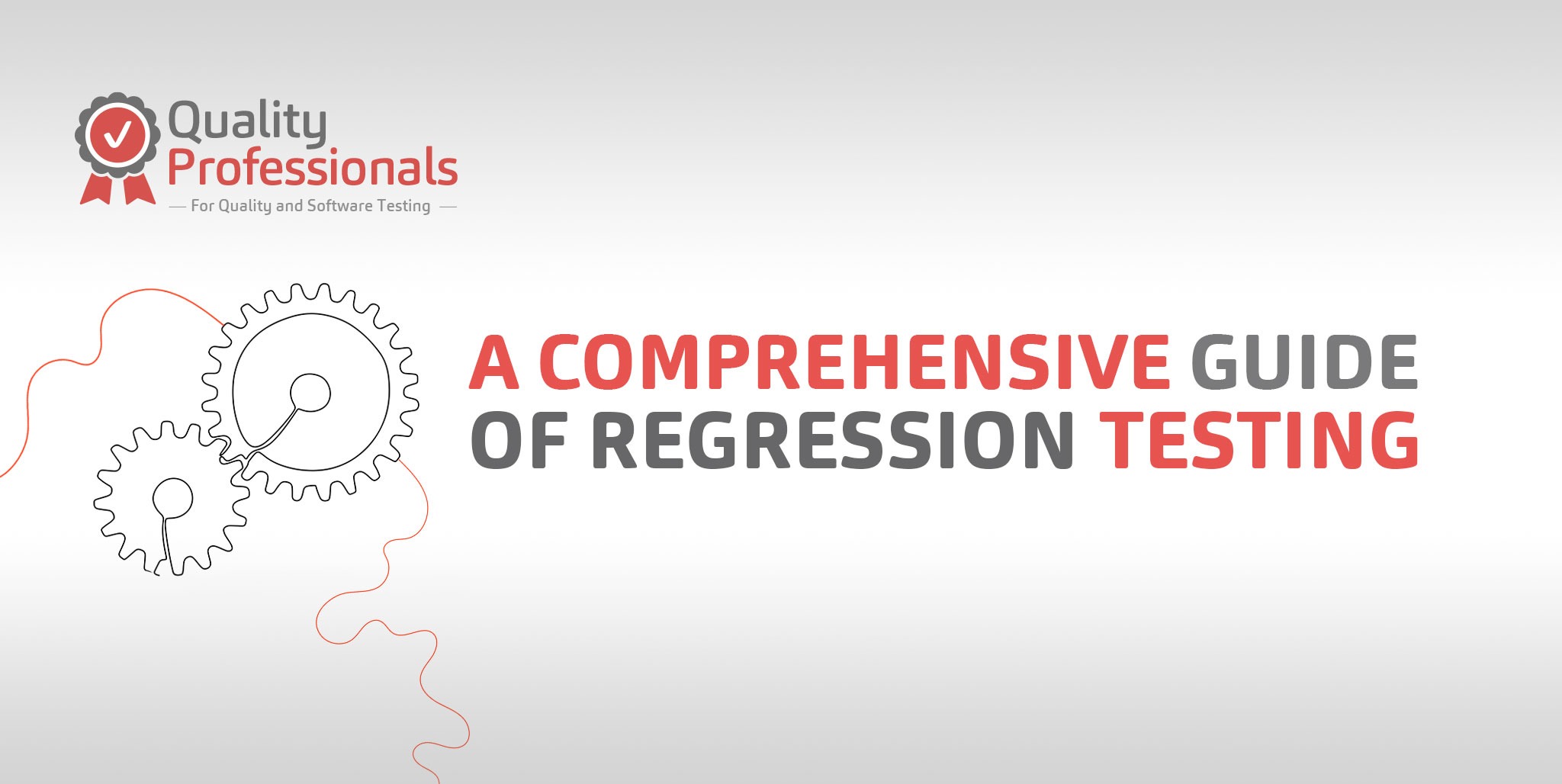
Test Basic: A Comprehensive Guide to Quality Assurance
In today’s competitive marketplace, ensuring the quality of products, services, and processes is crucial for businesses to thrive. Quality assurance (QA) plays a pivotal role in achieving this goal by identifying and eliminating defects before they reach customers. One of the fundamental aspects of QA is testing, which involves evaluating a system or component against defined requirements and expectations.
Test Basic: The Foundation of Quality Assurance
Test basic is the cornerstone of effective quality assurance (QA). It encompasses a set of fundamental principles and practices that guide the process of testing software, products, or services to ensure they meet the desired quality standards. A strong foundation in test basic is essential for any QA professional or individual involved in testing activities.
The Importance of Test Basic
Test basic plays a crucial role in achieving several critical objectives:
- Defect Prevention: Early defect detection is paramount in preventing costly rework and potential product failures. Test basic promotes a proactive approach to identify and eliminate defects early in the development cycle, minimizing their impact on the project and ensuring product quality.
- Process Efficiency: Well-defined test basic practices streamline the testing process, reducing redundancies and minimizing the time spent on defect resolution. This efficiency translates into improved productivity and cost savings.
- Risk Mitigation: Effective testing mitigates risks associated with software defects and product failures. By identifying and addressing potential issues early on, businesses can protect their reputation, maintain customer satisfaction, and avoid costly liabilities.
- Quality Assurance: Test basic serves as the foundation for ensuring that products and services meet the desired quality standards. It provides a structured approach to evaluate and validate software functionality, performance, security, and usability.
Key Elements of Test Basic
- Test Planning: Test planning involves defining the scope of testing, identifying test objectives, and establishing a testing schedule. It ensures that testing efforts are aligned with overall project goals and resource allocation.
- Test Design: Test design involves creating test cases, which are step-by-step procedures for evaluating specific functionalities or requirements. Test cases should be comprehensive, unambiguous, and repeatable to ensure thorough testing.
- Test Execution: Test execution involves running test cases and recording the results. It requires careful attention to detail, adherence to test procedures, and the ability to identify and document defects.
- Test Reporting: Test reporting involves summarizing test results, highlighting identified defects, and providing recommendations for corrective actions. It serves as a communication tool to inform stakeholders about the quality status of the system or component under test.
Benefits of Test Basic
- Reduced Defects: Effective testing helps identify and eliminate defects early in the development cycle, preventing them from reaching customers and causing costly rework or reputational damage.
- Improved Quality: Proper testing ensures that products and services meet customer expectations and industry standards, enhancing overall quality and user satisfaction.
- Increased Efficiency: Test basic promotes efficient testing practices, reducing redundant testing efforts and minimizing the time spent on defect resolution.
- Enhanced Productivity: By preventing defects from reaching production, testing contributes to improved productivity and reduced downtime.
- Reduced Costs: Early defect detection through testing can significantly lower the cost of fixing defects compared to addressing them later in the development cycle.
Test Basic in Practice
Test basic is not a rigid set of rules but rather a collection of guiding principles that can be adapted to specific testing scenarios. The application of test basic varies depending on the type of testing, the complexity of the system under test, and the available resources.

Quality Professionals: Your Trusted Partner in Quality Assurance
At Quality Professionals, we understand the importance of test basic and its impact on achieving quality outcomes. Our experienced team of QA professionals provides a comprehensive range of testing services, from test planning and design to test execution and reporting. We utilize industry-standard best practices and tools to ensure that your products and services meet the highest quality standards.
Partner with Quality Professionals today to experience the benefits of test basic and elevate your organization’s quality assurance practices.

